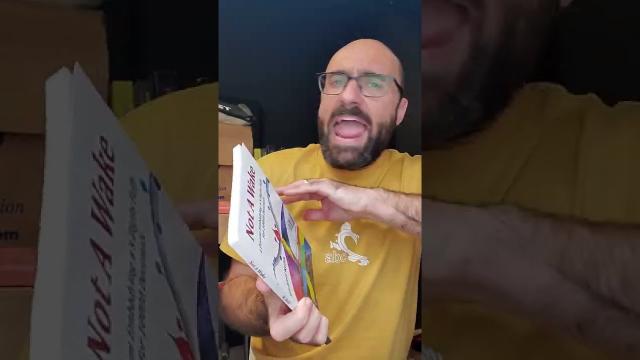Time Travel, Teleportation & Science
Time travel is the concept of moving between different points in time in a manner analogous to moving between different points in space, generally using a theoretical invention, namely a time machine. It has a commonly recognized place in philosophy and fiction, but has a very limited application in real world physics, such as in quantum mechanics or wormholes.
Although the 1895 novel The Time Machine by H. G. Wells was instrumental in moving the concept of time travel to the forefront of the public imagination, The Clock That Went Backward by Edward Page Mitchell was published in 1881 and involves a clock that allowed three men to travel backwards in time.[1][2] Non-technological forms of time travel had appeared in a number of earlier stories such as Charles Dickens' A Christmas Carol. Historically, the concept dates back to the early mythologies of Hinduism (such as the Mahabharata), Buddhism, and Islam through ancient folk tales. More recently, with advancing technology and a greater scientific understanding of the universe, the plausibility of time travel has been explored in greater detail by science fiction writers, philosophers, and physicists.
Teleportation, or Teletransportation, is the theoretical transfer of matter or energy from one point to another without traversing the physical space between them. It has a commonly recognized place in science fiction literature, film, and television, but as yet has a very limited application in real world physics, such as quantum teleportation or the study of wormholes.
Science (from Latin scientia, meaning "knowledge") is a systematic enterprise that builds and organizes knowledge in the form of testable explanations and predictions about the universe. In an older and closely related meaning, "science" also refers to a body of knowledge itself, of the type that can be rationally explained and reliably applied. A practitioner of science is known as a scientist.
In modern usage, "science" most often refers to a way of pursuing knowledge, not only the knowledge itself. It is also often restricted to those branches of study that seek to explain the phenomena of the material universe.
Source : Wikipedia
-
04:47
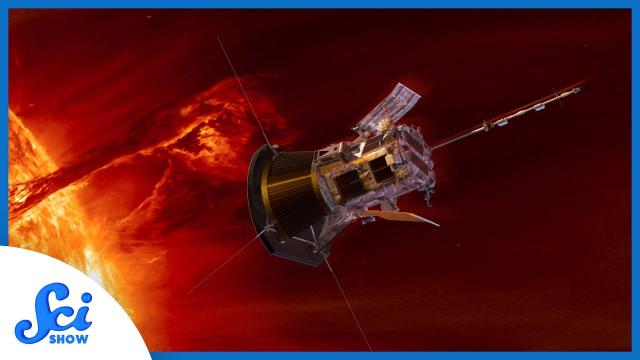
What Do You Learn When You Touch the Sun?
Added 210 Views / 0 LikesThough our Sun is something we can count on to rise and set each day, it also comes with some phenomena that can catch us by surprise: solar winds. To better predict when these winds will travel all the way to Earth, we sent the Parker Solar Probe to our
-
1:05:37

Einstein and the Quantum: Entanglement and Emergence
Added 280 Views / 0 Likes#BrianGreene #blackholes #AlbertEinstein #quantummechanicsWith his General Theory of Relativity, Einstein illuminated the grand expanse of the cosmos, but he was also instrumental in developing quantum mechanics for describing the microworld. In Einstein’
-
05:50

That’s Not a Black Hole, It’s a Vampire
Added 249 Views / 0 LikesWhat was once thought to be a black hole might in fact be a star that feeds on its own kind!Hosted By: Reid Reimers----------Huge thanks go to the following Patreon supporter for helping us keep SciShow Space free for everyone forever: Jason A Saslow and
-
06:04
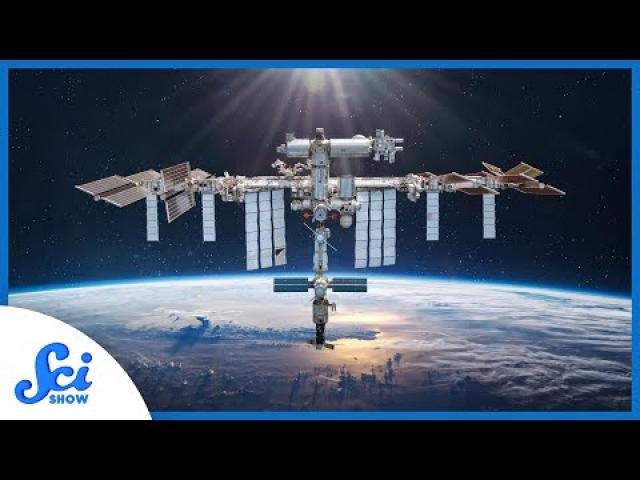
What Will Happen to The ISS?
Added 215 Views / 0 LikesAfter more than two decades buzzing around above our heads, the life of the ISS will soon be coming to a close. But what does that actually look like? And what does it mean for the future of space experimentation? Hosted By: Reid Reimers----------Huge tha
-
04:15
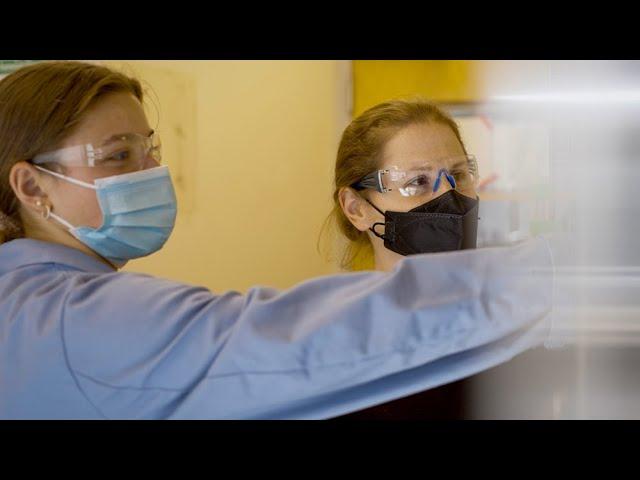
New gold standards
Added 224 Views / 0 LikesChemical Engineering Professor Ariel Furst and her dedicated team of students and postdocs are setting new standards for global health equity, sustainability, and clean energy as they develop inexpensive technologies that can be deployed on site in non-id
-
00:50
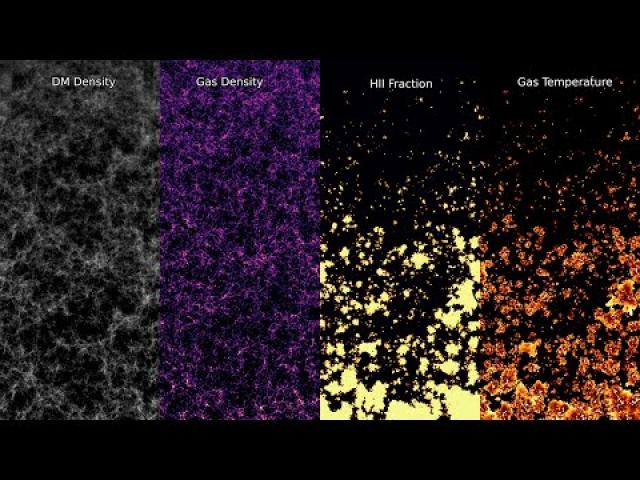
The Thesan Project: How the universe first evolved, immediately after the Big Bang
Added 169 Views / 0 LikesThesan simulation of gas and radiation evolution shows rendering of the neutral hydrogen gas. Colors represent density and the brightness, revealing the patchy reionization structure within a network of high-density neutral-gas filaments. (Learn more: htt
-
03:59
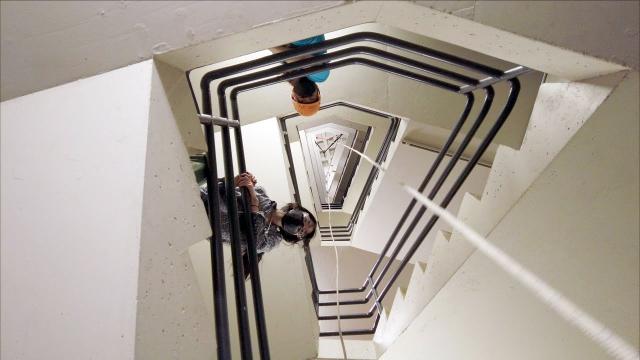
Caving, the MIT way
Added 188 Views / 0 LikesThe MIT Caving Club teaches students and campus community members the basics of vertical caving. They meet twice a month in the stairwells of MIT with the aim of taking their stairwell rappelling skills into actual caves. Learn more about the club: http:/
-
06:15
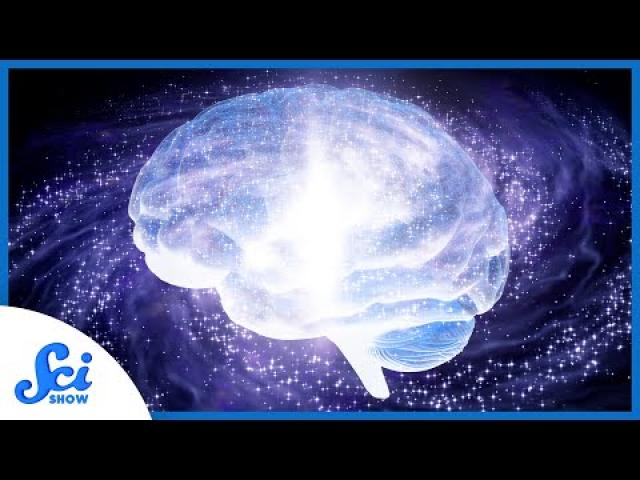
How Space Changes Your Brain
Added 262 Views / 0 LikesStart speaking a new language in 3 weeks with Babbel. Get up to 65% your subscription here: https://go.babbel.com/12m65-youtube-scishowspace-mar-2022/defaultWe've been sending people to space since the '60s, and we're just now starting to learn what that
-
05:41
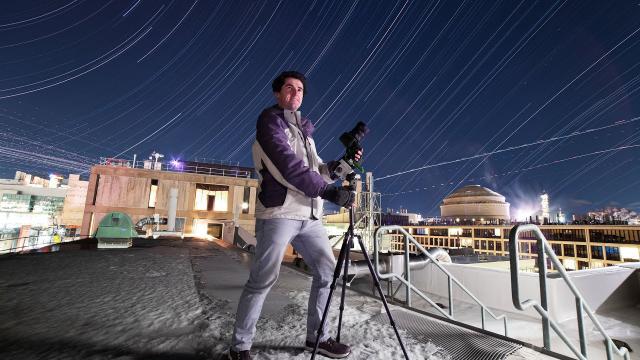
Illuminating the city’s night sky: Outsmarting light pollution to capture the cosmos
Added 191 Views / 0 LikesEvan Kramer's passion for astrophotography began at a young age in rural Virginia. Now a graduate student in the department of aeronautics and astronautics at MIT, he has taken his hobby to challenging new heights — capturing the beauty of the cosmos in a
-
05:32
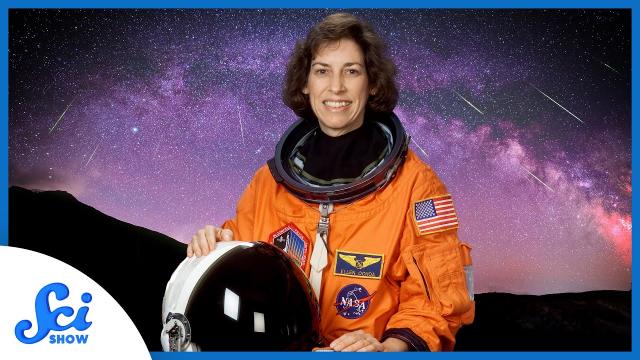
From Optics to Spacewalks: Dr. Ellen Ochoa | Great Minds
Added 266 Views / 0 LikesDr. Ellen Ochoa is incredible! She published over a dozen papers, co-filed three patents, and was a NASA engineer, all before becoming an astronaut and spending nearly a thousand hours in space.Hosted By: Hank Green----------Huge thanks go to the followin
-
06:14
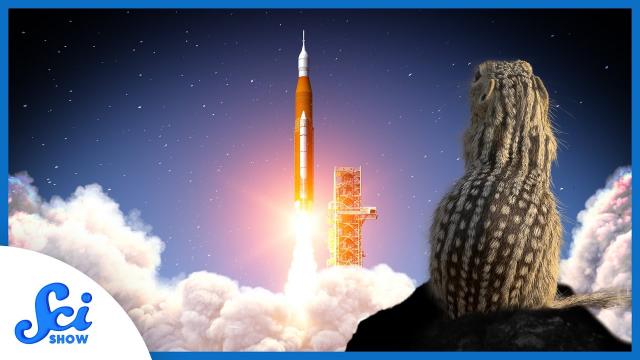
Could Squirrels Be the Key to Long Distance Spaceflight?
Added 201 Views / 0 LikesThis episode is sponsored by Wren, a website where you calculate your carbon footprint. Sign up to make a monthly contribution to offset your carbon footprint or support rainforest protection projects: https://www.wren.co/start/scishowspaceYou would think
-
1:02:21
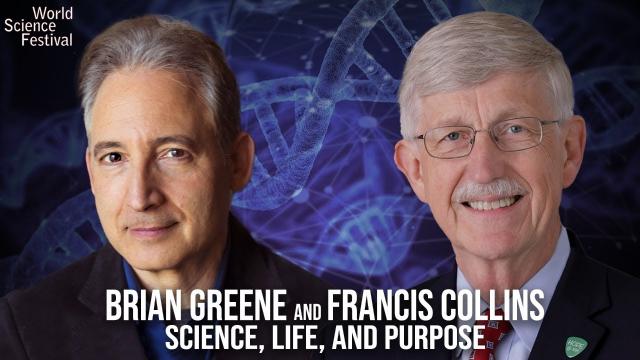
Science, Life, and Purpose: a Conversation With Francis Collins and Brian Greene
Added 249 Views / 0 Likes#BrianGreene #FrancisCollins #livestreamFrancis Collins – leader of the Human Genome Project, Director of the National Institutes of Health across three presidential administrations, and President Biden’s newly appointed Science Advisor – joins Brian Gree
-
06:08
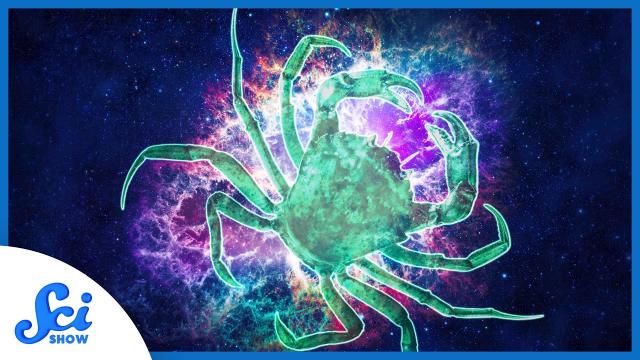
What’s Hiding Inside The Crab Nebula?
Added 257 Views / 0 LikesStart building your ideal daily routine. The first 100 people who click on the link will get 25% OFF Fabulous Premium: https://thefab.co/scishowspace6The Crab Nebula is one of the most studied things in the sky, but it took glimpses through various wavele
-
02:46

How to clean solar panels without water
Added 304 Views / 0 LikesCleaning solar panels currently is estimated to use about 10 billion gallons of water per year — enough to supply drinking water for up to 2 million people. A new cleaning method could remove dust on solar installations, improving overall efficiency, with
-
05:50

Helping Build the Internet: Valerie Thomas | Great Minds
Added 164 Views / 0 LikesThis video was sponsored by Ekster. Head to https://shop.ekster.com/scishow-space for up to 15% off your offer.Despite computers barely being a thing when she was born, Valerie Thomas knew that she was cut out for the tech world, pushed until she got ther
-
00:53
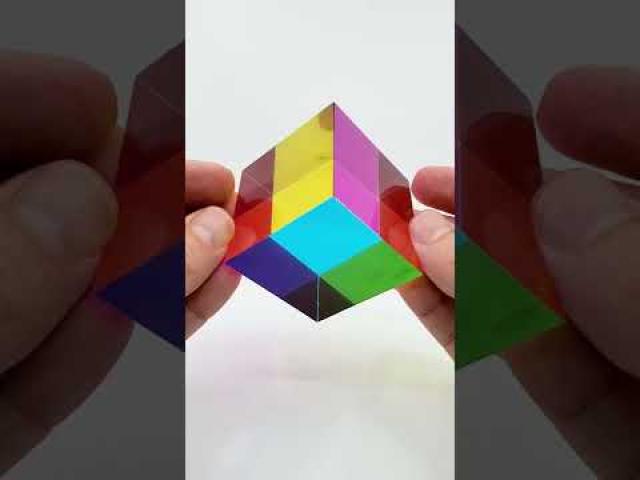
The CMY Cube #shorts
Added 253 Views / 0 Likes#shortsFIND OUT HOW TO GET A FREE BOX: https://www.curiositybox.com/Special thanks to the team at https://cmycubes.com. They're geniuses :)Transmittance graphs from:https://www.researchgate.net/publication/228851824_Experiments_on_subtractive_color_mixing
-
01:00

The Resurrection of Margaret Taylor #shorts
Added 171 Views / 0 Likes#shortsMargaret Taylor's husband Zachary was the last president of the USA who was not a member of the Republican or Democratic party. He was a Whig. The circumstances of his death are mysterious -- perhaps it was an assassin? But the circumstances of his
-
05:14
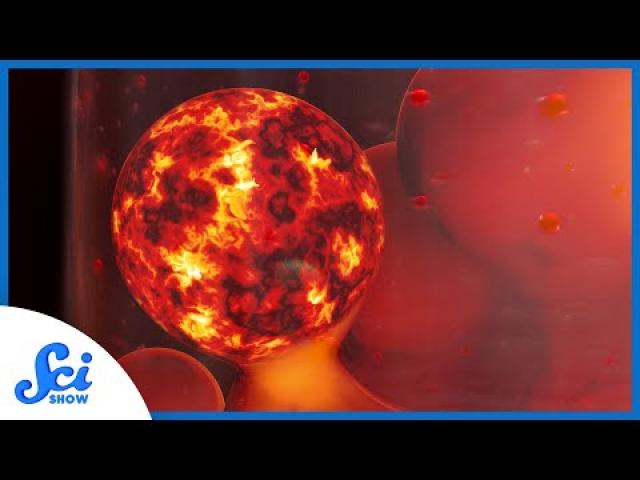
Two Decades Later, We Know Why the Sun Is a Lava Lamp
Added 243 Views / 0 LikesIn 1999, scientists discovered something that took over 20 years to solve. Why do solar flares move like a lava lamp?Hosted By: Hank Green----------Huge thanks go to the following Patreon supporter for helping us keep SciShow Space free for everyone forev
-
05:30
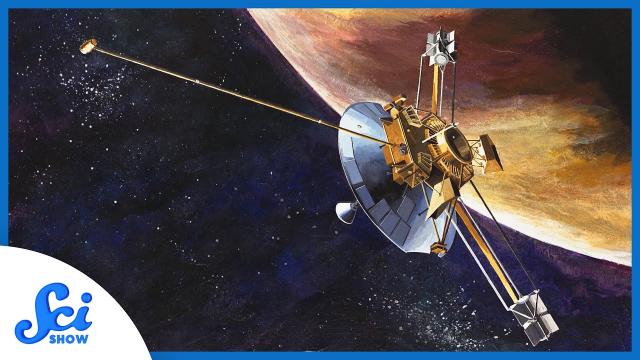
Pioneer 10: Our First View into Outer Planets
Added 190 Views / 0 LikesIn the 1970's, no vehicle had gone beyond the asteroids between Mars and Jupiter, that is until Pioneer 10.Hosted By: Hank Green----------Huge thanks go to the following Patreon supporter for helping us keep SciShow Space free for everyone forever: Jason

